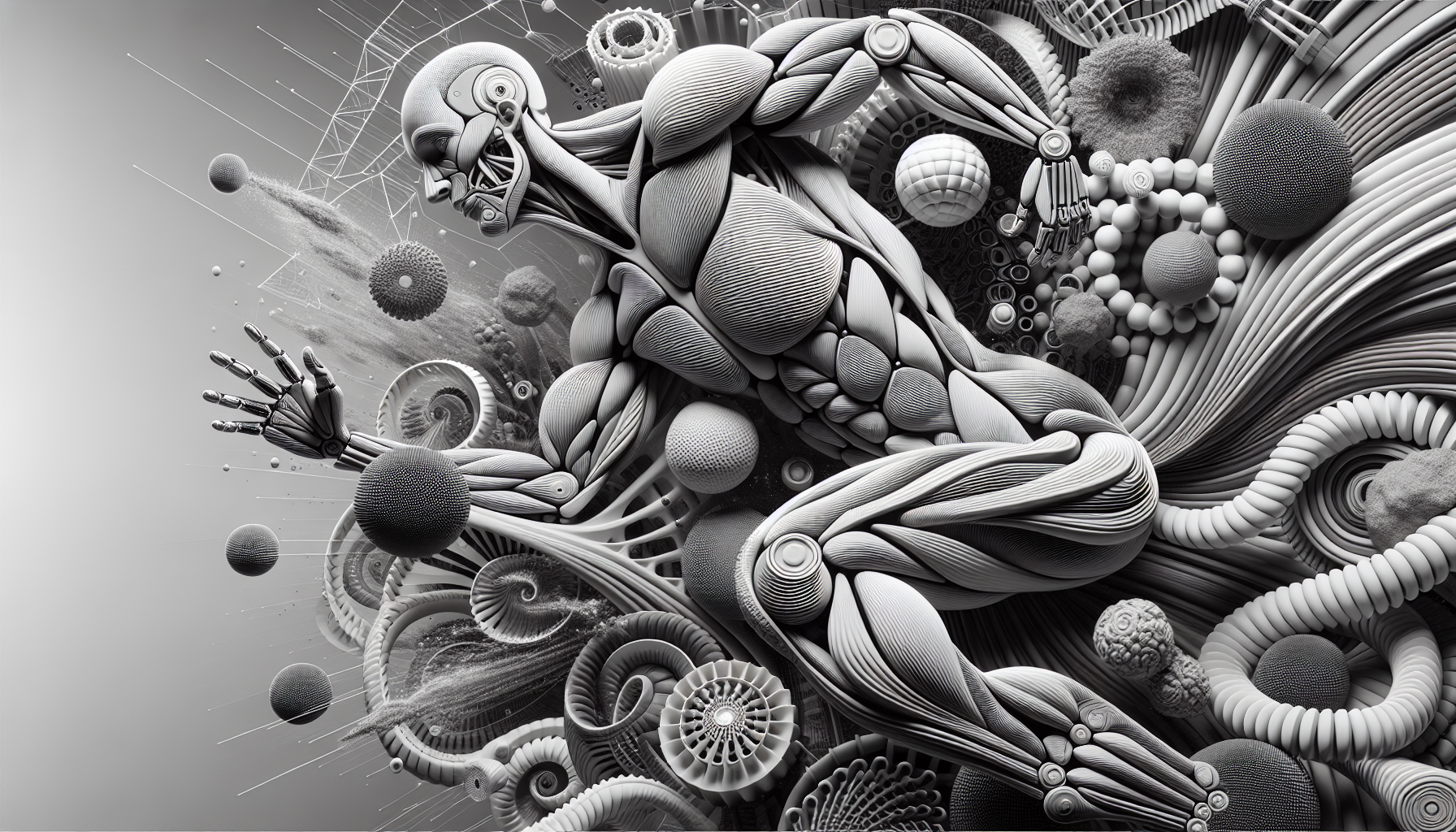The Muscle Machines Are Coming
What if robots could flex like humans, stretch like gymnasts, and lift with the precision of a surgeon? That future just got a lot closer. In a breakthrough that's turning heads across the robotics world, researchers at ETH Zurich have developed 3D-printed artificial muscles that mimic the strength, stretch, and control of real human tissue.
Published in Nature Communications on April 20, 2025, the study reveals a new method for printing soft actuators that can stretch up to 300% of their original length and lift weights comparable to human muscle. These aren't just lab toys. They're functional, scalable, and potentially transformative for everything from prosthetics to industrial automation.
How It Works: Printing Power and Precision
At the heart of this innovation is a hybrid 3D-printing process that combines soft elastomers with conductive polymers. The result is a flexible structure that contracts and expands like muscle tissue when electrically stimulated. The key lies in a new UV-curable ink that allows both soft and conductive materials to be printed in a single pass, layer by layer, with surgical precision.
This method slashes production time by 60% compared to traditional soft actuator fabrication. Each artificial muscle takes just two hours to print. More importantly, the printed muscles can exert pressures of up to 0.2 megapascals-roughly equivalent to the force generated by human muscle fibers.
In a live demo, the ETH Zurich team showcased a robotic gripper that could gently pick up an egg without cracking it, then turn around and lift a 5-kilogram weight. That kind of range-delicate and strong-is exactly what soft robotics has been missing.
Why It Matters: From Surgery to the Factory Floor
Soft robotics has long promised a gentler, more adaptable alternative to rigid machines. But until now, the field has struggled with strength and responsiveness. This breakthrough changes the equation. According to lead researcher Dr. Maria Steinmann, the new muscles are not only strong and flexible but also easy to prototype and customize.
That opens the door to a wide range of applications. In healthcare, these muscles could power next-generation prosthetic limbs that move more naturally and respond more intuitively. In surgery, they could enable ultra-precise robotic tools that adapt to the human body in real time. And in industrial settings, soft exoskeletons could help workers lift heavy loads with less strain, potentially reducing workplace injuries by up to 20%.
Dr. James Carter, a robotics expert at MIT, called the development "a game-changer for assistive technology." He added, "We're finally seeing soft robotics catch up to the promise of human-machine synergy."
The Road Ahead: Challenges and Collaborations
Despite the excitement, there are hurdles to overcome. Scalability remains a key concern. Dr. Li Wei of Stanford University cautions that while the lab results are impressive, mass production will require cheaper materials and more accessible printing technology. "The science is solid," she said, "but the economics need to catch up."
ETH Zurich is already moving to address that. The team is partnering with medical device companies to begin testing the muscles in prosthetic limbs by mid-2026. They're also exploring collaborations with industrial firms to develop wearable exosuits for factory workers and first responders.
With global investment in soft robotics hitting $3.2 billion in 2024, the timing couldn't be better. The field is hungry for breakthroughs, and ETH Zurich's work is poised to lead the charge.
Why This Breakthrough Feels Different
Soft robotics has always been about potential. The potential to build machines that move like us, feel like us, and work alongside us. But potential only gets you so far. What ETH Zurich has delivered is a working, printable, scalable solution that brings that vision into the real world.
It's not just about making robots softer. It's about making them smarter, safer, and more human. And that's a future worth building-one layer at a time.
Sometimes, the strongest machines are the ones that know how to bend without breaking.
